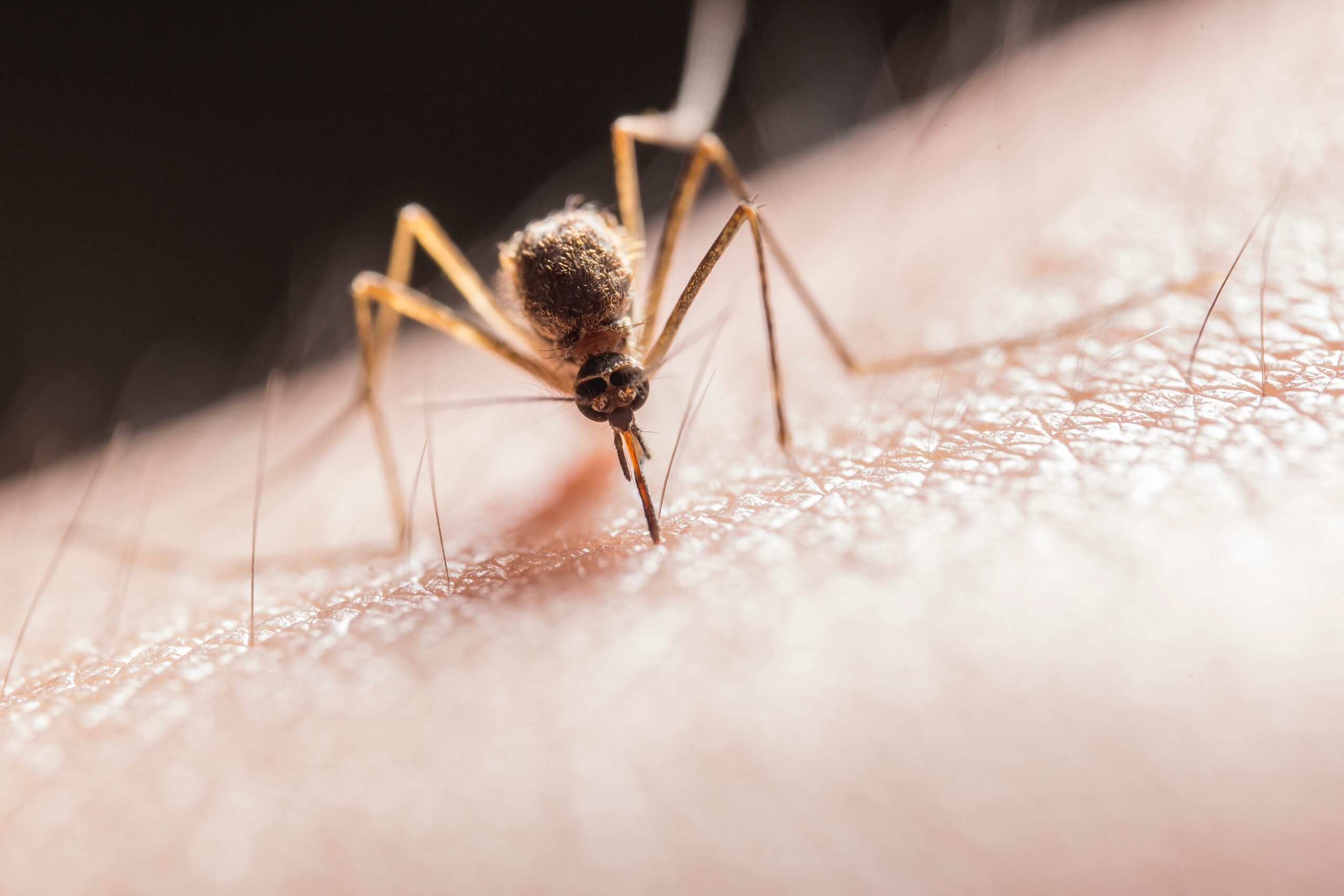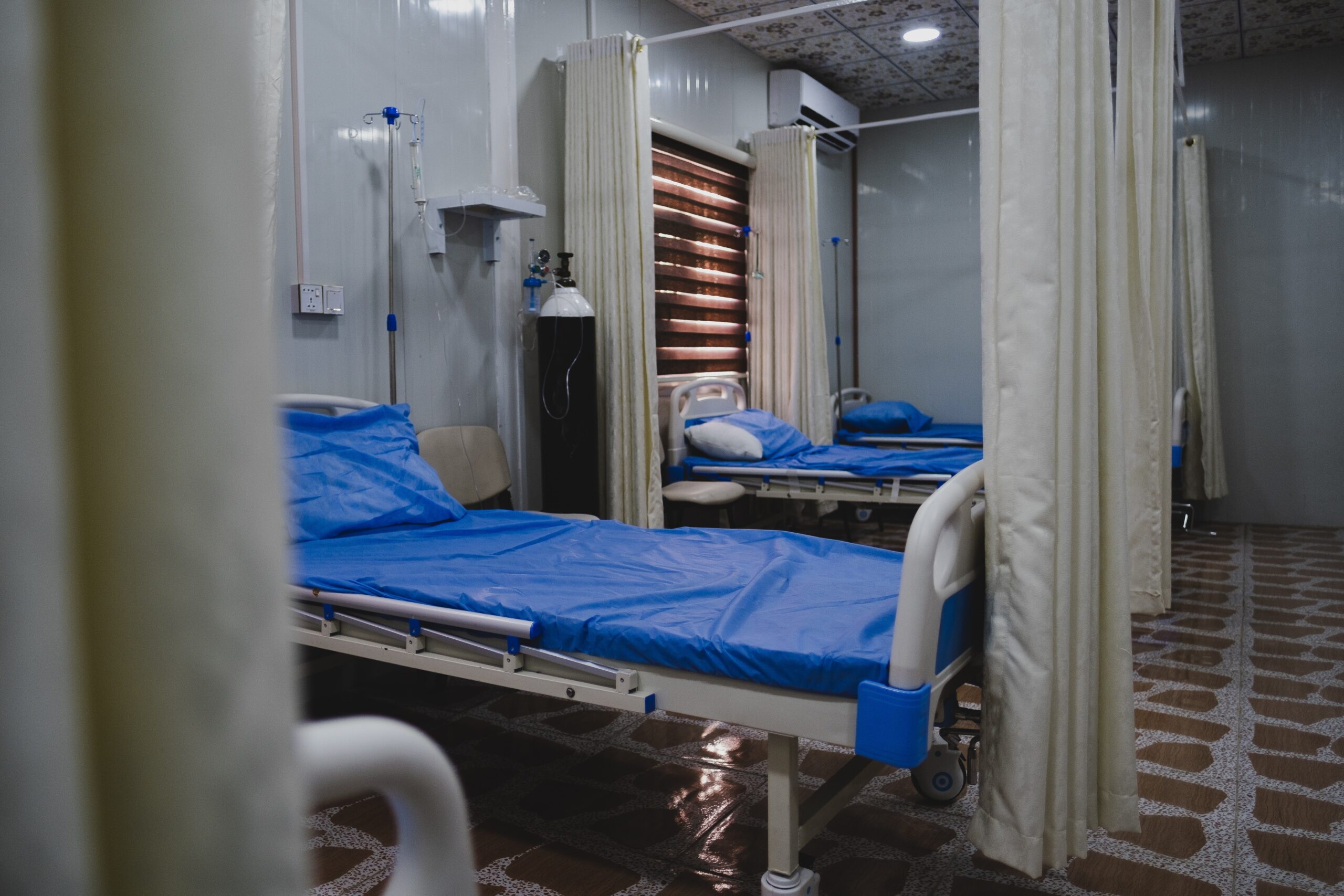In an unprecedented occurrence, five cases of locally transmitted malaria via mosquitoes have been reported in the United States within a two-month period. This is the first time such an event has happened in 20 years, causing the Centers for Disease Control and Prevention (CDC) to issue a public health alert on Monday. The notice informs healthcare providers, public health authorities, and the general population about potential risks. Sarasota County in southwest Florida experienced four of these incidents. At the same time, southern Texas had one case, making it the first time since 2003 that local incidences of malaria have emerged in the United States. The Florida Department of Health promptly issued a statewide mosquito-borne illness advisory. According to CDC reports, there’s no evidence linking the outbreaks between both states.
Health Departments’ Response
Both Florida and Texas departments confirm that local mosquito populations are being monitored by public health officials who are also keeping watch for possible new instances. Additionally, Sarasota County’s mosquito population is being controlled by the Florida Department of Health as an extra precautionary measure. All affected patients have undergone treatment and reported improving conditions. Despite these events, CDC asserts that chances of getting infected with malaria within the United States “remain extremely low.” However, they caution citizens that female Anopheles mosquitoes—responsible for transmitting malaria—can be found throughout various regions in America and may propagate diseases if they bite an infected person. In areas where climatic conditions favor Anopheles mosquitoes coupled with travelers from malaria-prone countries acting as carriers, this risk might be elevated.
Malaria: A Worldwide Health Concern
Around 240 million cases of malaria are recorded globally each year, with 95% concentrated in Africa—an alarming statistic on a worldwide scale. CDC data shows that the majority of malaria cases in the United States are contracted by returning travelers from countries where malaria is endemic. Prior to the COVID-19 pandemic, approximately 2,000 instances of primarily travel-induced malaria were filed each year, with some 300 people suffering severe illnesses as a result. Besides mosquito-disseminated infections, transmission can also occur through blood transfusions, organ transplants, unsafe needle exchanges, or from pregnant women to their unborn children.
Symptoms of Malaria
Common symptoms of this disease are fever, chills, headache, muscle soreness, and fatigue. Other manifestations may include nausea, vomiting, and diarrhea. Usually appearing between 10 days and four weeks post-infection onset—or even up to a year later—these indicators prompt sufferers into feeling unwell.
Increase in Mosquito Days: A Growing Source of Worry
A May 2023 report published by nonprofit climate science research organization Climate Central indicated that “mosquito days” have been increasing in over 170 locations across the United States over recent decades. This period represents moments favorable for mosquito breeding due to warm and humid conditions marked by average relative humidity readings exceeding or equaling 42%, along with temperature scales ranging between 50 and 95 degrees Fahrenheit during daylight hours. With greater mosquito numbers comes increased risk to human health due to heightened chances for disease propagation.
Malaria in Relation to Climate Change
Climate change plays an important part in the proliferation of mosquito-borne disorders such as malaria. Researchers have noted that higher global temperatures may expand geographic habitats suited for mosquitoes and ultimately bring infectious diseases into newly affected territories. Existing environments could likewise see worsening conditions amid these temperature fluctuations. More hospitable climates made available from warmer weather contribute significantly toward sustained mosquito survival and reproduction periods, which consequently influence the parasites’ lifespans.
CDC Recommendations for Public and Healthcare Providers
With the recent escalation in local malaria occurrences, CDC encourages healthcare professionals to be mindful of malaria diagnoses-related symptoms deemed fever-centric yet imprecise regarding possible international travel links involved with patients’ medical history accounts. Anticipating increased foreign journeys, this health institution also advises preparative measures taken for facile access concerning the intravenous treatment of severe cases diagnosed with malaria at short notice.
Protocols Against Mosquito Proliferation
Preventing house entry by monitoring humidity-saturated areas like under sinks or furniture pieces is advised by CDC-issued guidelines aimed at impeding further infestation by mosquitoes, which thrive well within darker surroundings like closets or laundry rooms; hygienic maintenance within these zones forms integral components keeping insects at bay. Eliminating standing water sources is another significant way citizens can deter mosquitoes’ continued breeding habits. Effective repellants and other insect control mechanisms play vital roles in reducing risks associated with mosquito bites—this, in turn, cuts down their likelihood of propagating diseases to human hosts. Despite the seemingly rare malaria occurrences witnessed recently within the United States alongside pronounced low possibility rates for getting infected with such diseases, it’s vital for healthcare providers and the general public to remain vigilant. Implementing preventive approaches combined with efficacious monitoring assessments plus immediate treatment procedures forms crucial aspects when addressing possible future risks related to humans contracting diseases like malaria.
For more information on malaria prevention or control measures, refer to CDC reports available on their website: CDC’s Guidelines on Malaria.










